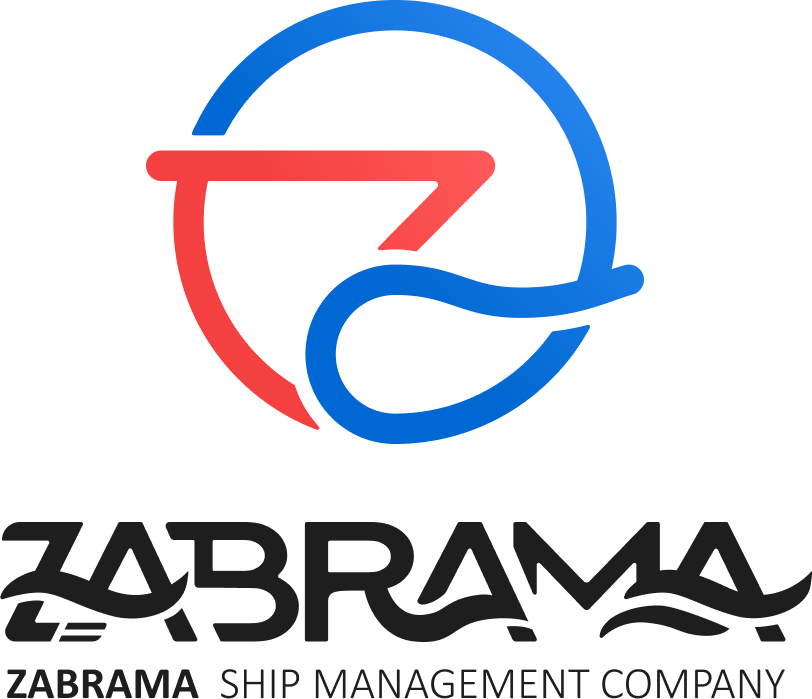In 2024, the seafarer hiring market has shown both growth and challenges, largely shaped by high demand for experienced officers and specialized crew across global shipping sectors. The international shipping industry currently requires nearly 1.9 million seafarers, with an increasing need for certified officers and ratings, especially to meet the operational demands of a growing global fleet. However, industry reports indicate an ongoing shortfall in the number of officers, expected to reach around 89,510 by 2026 if training and recruitment do not keep pace with demand. This shortfall is due to increasing vessel numbers and the specialized skills needed for modern, often high-tech ships in sectors like tankers and offshore operations.
One of the key challenges remains crew retention, with the workforce aging as fewer young recruits enter the field. Maritime careers face competition from more stable land-based industries, particularly in technology and communications, which has resulted in reduced interest in seafaring roles in traditionally strong labor-supplying countries like the Philippines and Indonesia. Additionally, recruitment agencies report that seafarers are increasingly negotiating for better working conditions, such as fair rotations, access to internet connectivity onboard, and enhanced leisure facilities, especially as mental health and work-life balance gain priority.
There is also a growing push for diversity in the workforce. Notably, the representation of women in the seafaring workforce has grown by nearly 45% since 2015, primarily in cruise and passenger ferry sectors. This trend, while positive, still represents only a small fraction of the overall seafarer population, with further support needed to attract and retain female seafarers in various maritime roles.
Looking forward, the industry is increasingly prioritizing green skills to support decarbonization efforts. This shift is creating demand for specialized training in handling alternative fuels and managing new technologies aimed at reducing emissions. However, the slow uptake of such training underscores the importance of maritime education enhancements to prepare seafarers for the evolving demands of a more sustainable industry.
Ultimately, the outlook for 2024 suggests a dynamic hiring landscape where the demand for skilled seafarers is high but constrained by a limited talent pool and the challenges of meeting evolving industry standards and expectations. To maintain a stable workforce, maritime companies will need to address both the operational and personal needs of seafarers in a changing global environment.


